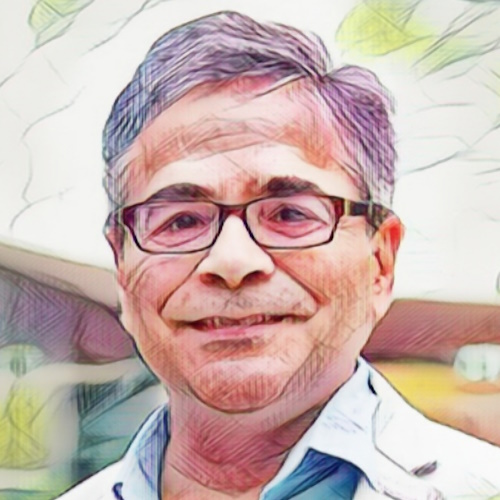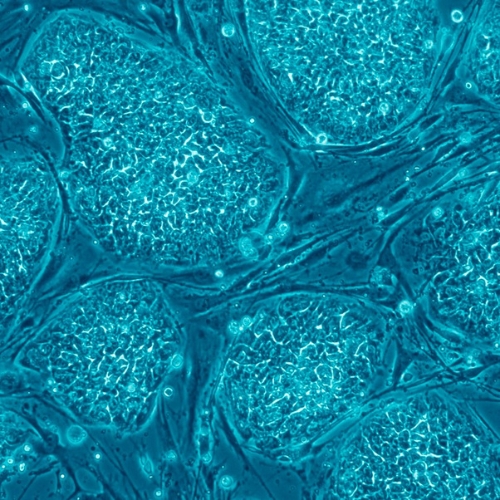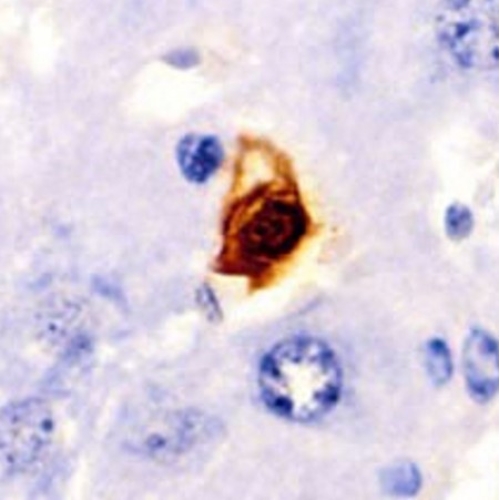Adam Antebi at ARDD2024: Insights into stem cell longevity, rejuvenation & senescence from diapause
Adam Antebi explores stem cell longevity, rejuvenation, and senescence via diapause
Adam Antebi, a distinguished researcher from the Max Planck Institute, presented his findings on how the biological state of diapause offers profound insights into stem cell longevity, rejuvenation, and senescence. His work explores the mechanisms behind cellular resilience and recovery under nutrient stress, providing potential pathways for enhancing human health and lifespan.
Key Points:
Adam Antebi’s research highlights diapause as a powerful model for uncovering mechanisms of resilience, longevity, and cellular rejuvenation. His work suggests that targeting pathways like TB and TGF-β signalling could revolutionize regenerative medicine and aging interventions.
- Diapause and Longevity: Diapause is a reversible, hypometabolic state triggered by nutrient deprivation, enabling enhanced stress resistance and extended lifespan. It is observed in many species, including C. elegans and mammals, offering a model for studying resilience and regeneration.
- Rejuvenation through Fasting: Fasting and subsequent refeeding stimulate regenerative processes. In C. elegans, entering adult reproductive diapause (ARD) extends lifespan up to sixfold under certain conditions, demonstrating the potential for rejuvenating both somatic and germline cells.
- Stem Cell Resilience: During diapause, stem cells in C. elegans enter a quiescent state, preserving their ability to regenerate tissues upon refeeding. This balance between quiescence and activation is crucial for maintaining tissue homeostasis and organismal health.
- Role of TB (HLH-30): The transcription factor TB (HLH-30) is vital for resilience during diapause. It regulates key processes such as lysosome biogenesis, fat metabolism, and autophagy, supporting longevity and recovery. TB also helps prevent DNA damage and senescence-like features in germline stem cells.
- Senescence-Like Phenotypes: In mutants lacking TB, stem cells exhibit DNA damage, mitochondrial dysfunction, and nucleolar expansion, hallmarks of cellular senescence. These impairments disrupt recovery and reproductive competence after diapause.
- Genetic Pathways in Recovery: Genetic screening identified pathways like TGF-β and cyclic GMP signalling as crucial for resilience and recovery. Mutations in these pathways can extend lifespan and reverse senescence-like phenotypes in TB mutants.
- Cross-Species Parallels: Diapause mechanisms are conserved across species, including humans. Insights into TB and TGF-β signalling in C. elegans may inform therapies for aging-related conditions, including neurodegeneration and immunosenescence.
- Therapeutic Potential: Understanding the balance between resilience and activation in stem cells could lead to interventions that enhance recovery and longevity. Epigenetic factors influencing this balance offer promising targets for therapeutic development.
Visit website: https://www.youtube.com/watch?v=xTrCj1LYobA
Details last updated 06-Jan-2025
Mentioned in this Resource
Adam Antebi
Professor in Department of Molecular Genetics of Ageing at Max Planck Institute for Biology of Ageing
ARDD 2024 - 11th Aging Research & Drug Discovery Meeting
26-Aug-2024 to 30-Aug-2024
Event about latest progress in the molecular, cellular and organismal basis of aging organised by University of Copenhagen (Copenhagen, Denmark)






